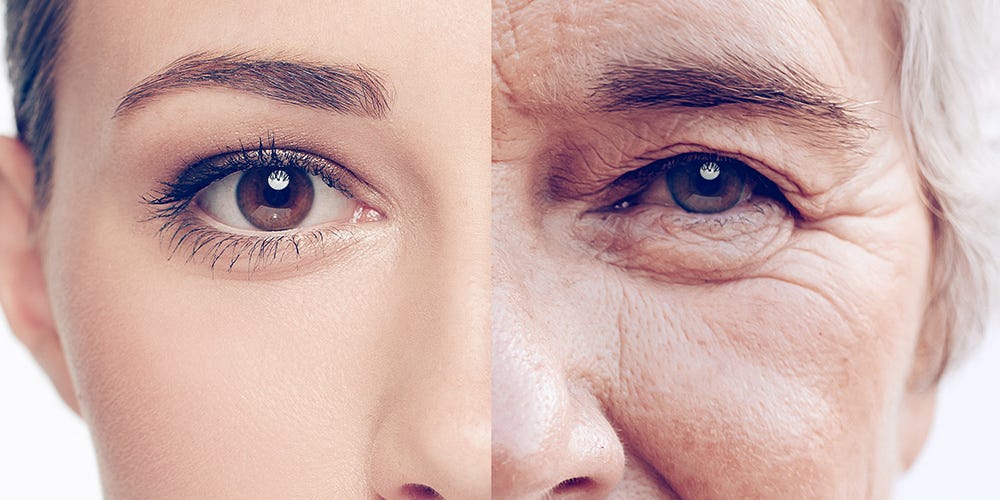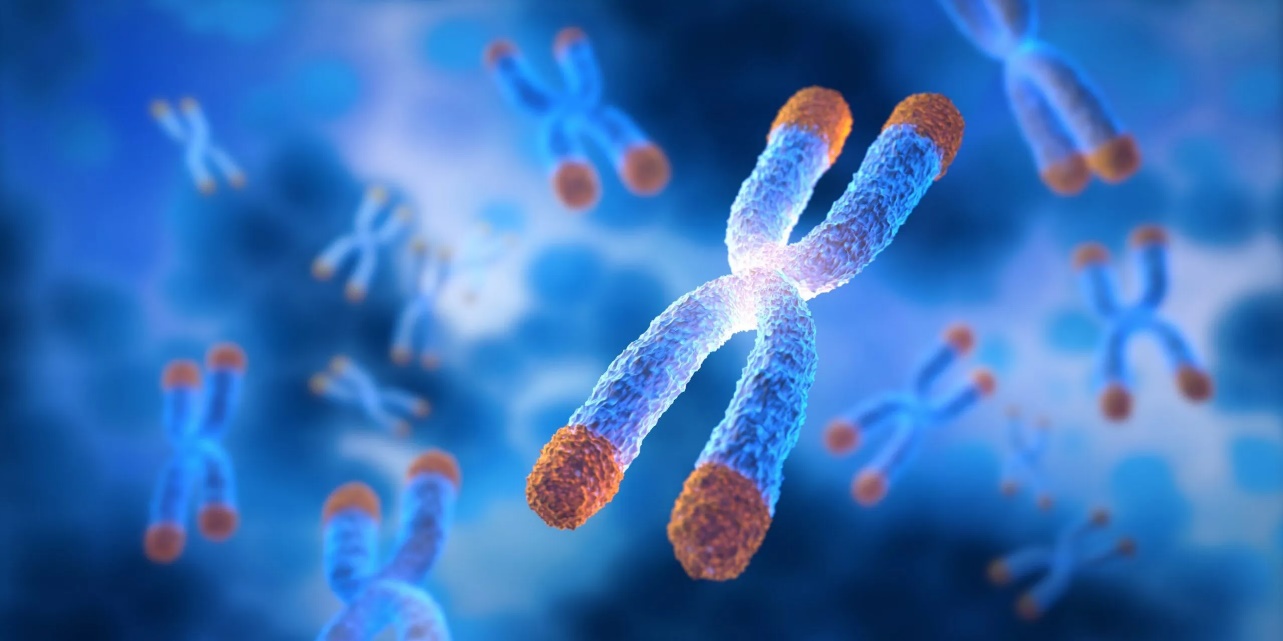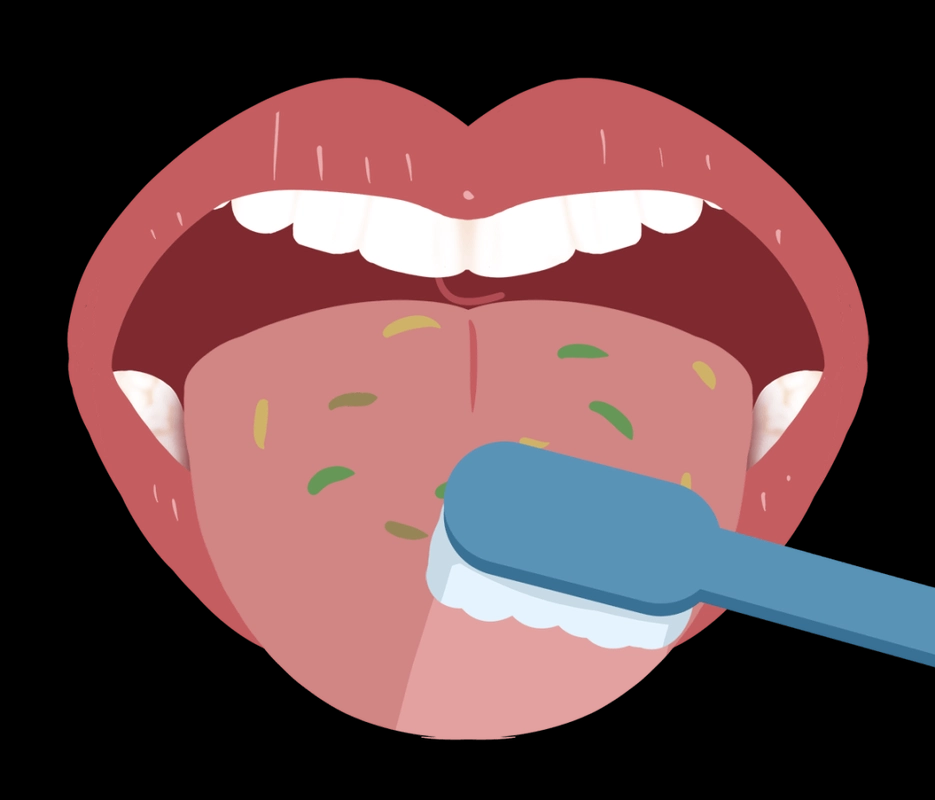We all catch glimpses of aging as the years pass – perhaps a new fine line around the eyes or a bit less stamina than before. For those of us navigating the prime years, aging can feel like a distant concept, perhaps something to worry about much later. But the truth is, the processes of aging are complex, multifaceted, and begin unfolding long before the visible signs become prominent. Understanding why our bodies age is the first crucial step toward staying vibrant and healthy for longer.

Think of your body not just as a physical shell, but as an intricate, bustling city with countless tiny "factories" and "communication networks" constantly working. Aging, in many ways, is like these city systems gradually becoming less efficient or accumulating damage. At the most fundamental biological level, our cells – the basic building blocks – experience decline. Their energy powerhouses, the mitochondria, might slow down, leading to reduced energy production. Imagine the city's power grid dimming. Meanwhile, the protective caps on DNA strands, called telomeres, shorten with each cell division, like a finite counter limiting how many times a factory can replicate itself.

Beyond these internal blueprints, external forces are constantly at play. Lifestyle choices can act as powerful accelerants or decelerators. Chronic exposure to the sun's UV rays isn't just a surface issue; it actively degrades collagen and elastin, the crucial structural proteins that give skin its firmness and elasticity. Environmental pollutants trigger oxidative stress, akin to rust building up on the city's infrastructure. And habits like smoking, excessive alcohol, lack of exercise, and persistent stress don't just feel bad – they actively contribute to cellular damage and systemic decline. These aren't merely surface-level wrinkles; they're echoes of deeper processes unfolding within.
Aging isn't a single phenomenon but a cascade of interconnected events. Experts point to factors like persistent low-grade inflammation, genetic mutations accumulating over time, imbalances in essential fats, calcification disrupting cellular function, and declines in crucial digestive enzymes and hormones that regulate the body's complex symphony. When these internal systems go awry, it affects everything from blood circulation to immune response.

While many traditional approaches to "anti-aging" focus on the external – lotions, creams, or procedures addressing only the visible symptoms – this article highlight a critical insight: addressing only the surface misses the underlying biological and lifestyle drivers. It's like repainting a building with a crumbling foundation. True vitality and graceful aging come from understanding and influencing the root causes.
For those in their 20s, 30s, 40s, and 50s, this understanding offers immense power. Aging isn't just about waiting for symptoms; it's about the cumulative effect of daily choices. By focusing on the 'why' behind aging, we can make informed decisions: protecting skin from UV, nourishing the body with balanced nutrition rich in necessary fatty acids, managing stress, staying active, and avoiding harmful habits. These choices help maintain cellular energy, fight oxidative damage, support healthy circulation, and keep hormonal systems balanced. It's about building a resilient 'city' from within, not just patching up the façade. Embracing a proactive approach based on scientific understanding is the most insightful path to preserving youthfulness and health, ensuring the 'city' runs smoothly for decades to come.





